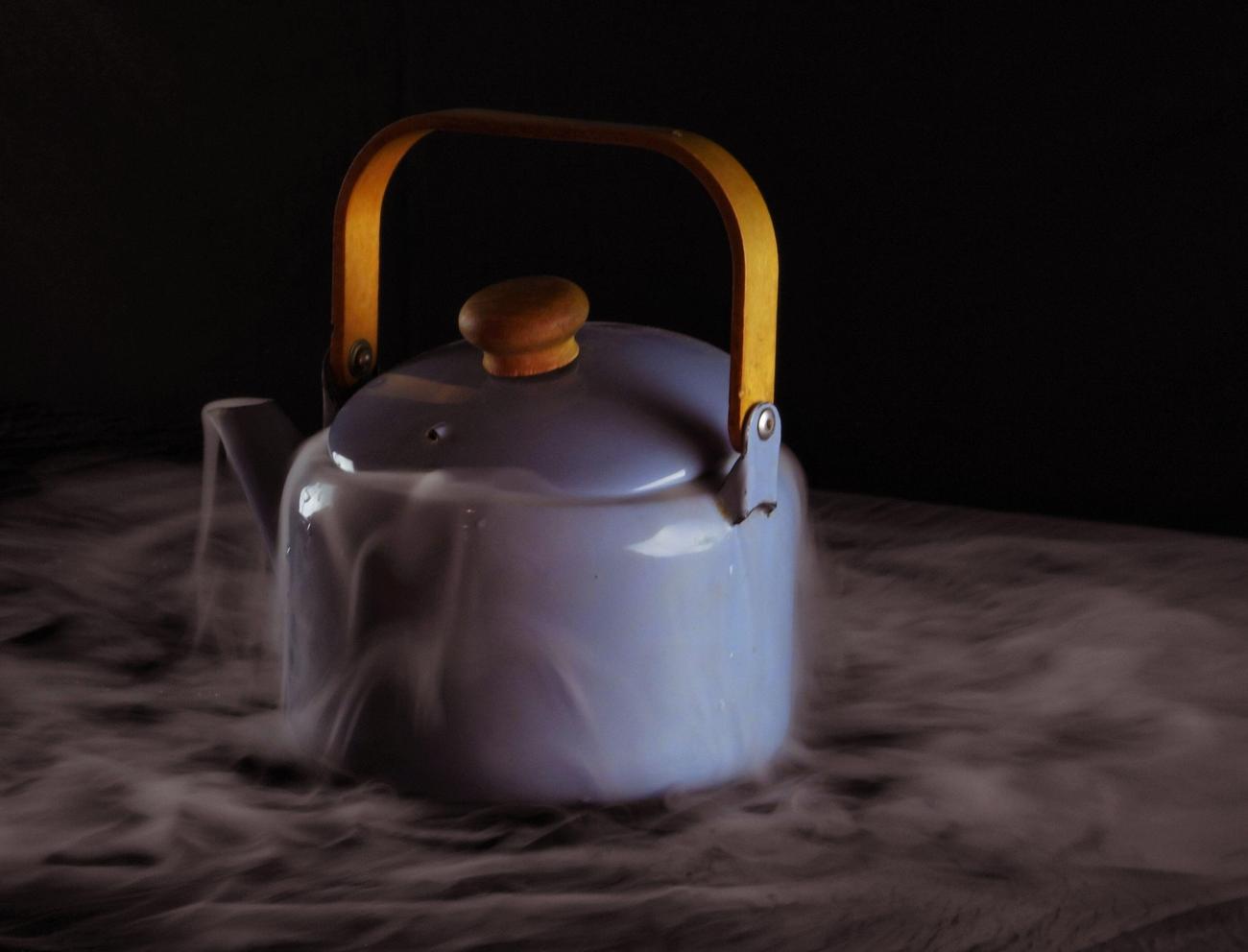What does dried ice go by its fancy name? This article explores the realm of dry ice, an enthralling substance containing numerous undiscovered secrets. Anticipate embarking on an expedition wherein the remarkable frozen carbon will be unveiled, accompanied by the revelation of a graceful synonym that aptly encapsulates its scientific brilliance and inherent beauty. We invite you to join us as we delve into the captivating domains of analytical chemistry and materials science. With our extensive knowledge, we aim to illuminate the enigmatic phenomenon commonly referred to as dry ice.

What is a fancy name for dry ice?
Dry ice, which is carbon dioxide in its solid state, is an apparently uncomplicated substance that possesses an air of sophistication and refinement that warrants a more refined nomenclature. Consequently, what is an ornate designation for dry ice that succinctly encapsulates its sublime attributes?
By exploring the domains of materials science and chemistry, it is possible to reconcile the aesthetic qualities of language with the rigorous scientific principles governing dry ice. Our objective in this investigation is to identify a synonym that not only elicits an aura of sophistication but also communicates the fundamental nature of this extraordinary substance.
Consider a hypothetical substance that undergoes a seamless transition from a solid state to a gaseous one, defying the limitations imposed by typical atmospheric pressure. An elemental compound that envelops the atmosphere in a captivating mist, evoking a sense of awe and enchantment. This enchanting substance merits a nomenclature that mirrors its mesmerizing attributes, one that evokes a sense of sophistication and captivation.
Presenting the term “Cryogenic Crystal,” which encapsulates the aesthetic appeal and allure of desiccated ice. Similar to how crystals exhibit a systematic and symmetricalcrystalsucapturef atoms, cryogenic crystal encapsulates the cohesive structure of carbon dioxide that has been frozen. This term seamlessly integrates the scientific principles underlying dry ice with an air of sophistication and elegance.
Through the use of this sophisticated alternative term, we extend an invitation to readers to immerse themselves in the awe-inspiring qualities of cryogenic crystals, abandoning the banal designation of “dry ice” in favor of the extraordinary qualities exhibited by this frozen carbon. Within the domain of extraordinary substances and captivating scientific inquiry, where aesthetics and erudition converge, allow us to become engrossed in the allure of cryogenic crystal.
Subsequently, we shall delve further into the remarkable attributes of this magnificent substance.
Crystal Cryogenic: Determining the Composition of Magnificent Frozen Carbon
The Magnificent Metamorphosis
An intriguing metamorphosis takes place at the core of a cryogenic crystal when frozen carbon dioxide is exposed to the proper conditions. Cryogenic crystal, in contrast to its terrestrial counterpart, water ice, completely bypasses the liquid phase. By means of a mysterious process called sublimation, it transforms from a solid state to a gaseous one, leaving no residue behind.
An Ensemble of Temperatures
Cryogenic crystal exhibits a temperature symphony that exceeds the frigid characteristics of water ice. Featuring an exceptionally low freezing point of -109 degrees Fahrenheit (-78.5 degrees Celsius), this substance provides a more frigid environment and presents prospects for novel implementations in the fields of refrigeration and preservation.
A Pinch of Mysterious Magnificence
Imagine a stage beset by a dense fog that establishes the backdrop for an exhilarating performance. The enigmatic nature of this captivating vapor, which is frequently utilized in film and theater, is due to cryogenic crystal. By capitalizing on the alluring outgassing characteristics of this substance, one can become engrossed in a realm adorned with transcendental aesthetics and enigmatic sophistication.
The Periphery of Advancement
In addition to its aesthetic appeal and allure, cryogenic crystal demonstrates remarkable versatility as an instrument for a multitude of applications. It serves as a catalyst for scientific exploration and innovation, facilitating experimental conditions in laboratories and preserving frozen foods when mechanical chilling is unavailable.
Acceptance of Subtle Dangers
Similar to any captivating element, it is imperative to recognize the intricacies and possible risks that it presents. Extended exposure tcrystalsenic crystals may lead to significant dermal injury in the form of frostbite. Moreover, elevated carbon dioxide levels may result from the outgassing of this sublime substance in confined spaces; therefore, caution and responsible use are advised.
In summary, the notion of dry ice extends beyond its apparently ordinary nomenclature. By designating it as “Cryogenic Crystal,” we initiate an exploration into the domain of sophistication, inciting our intellectual inquisitiveness and captivating our senses. We cordially invite you to descend into the mysterious realm of cryogenic crystal, where scientific prowess and aesthetic sensibility converge harmoniously, evoking within us an inherent sense of awe.
Dry ice is not just your average type of ice. It’s a fascinating substance that has some pretty fun facts associated with it. From its ability to create spooky fog for Halloween parties to its use in science experiments, dry ice is a versatile and intriguing material. If you want to learn more about the intriguing properties and uses of dry ice, check out these amazing fun facts about dry ice. Just click here to dive into the world of frozen wonder.

FAQ
What is the scientific nomenclature assigned to dry ice?
Dry ice is referred to in scientific parlance as solidified carbon dioxide. Dry ice is a descriptive term often applied to this substance, which is solid at standard atmospheric pressure.
Question 2: What is the process by which dry ice sublimates and freezes?
Answer 2: Dry ice solidifies at an exceptionally low temperature of approximately -78.5 degrees Celsius (-109 degrees Fahrenheit). It sublimates directly from a solid to a gas at standard atmospheric pressure, bypassing the liquid phase.
Concerning food, is dry ice safe to utilize?
Answer 3: Dry ice is safe for use around food and is non-toxic. It is frequently employed in transportation and catering to refrigerate perishable goods temporarily.
Fourthly, what distinguishing characteristics does dry ice possess?
Response 4: Dry ice possesses a number of distinctive characteristics. It is significantly colder than ordinary water ice and sublimates without leaving any residue. Additionally, it finds application in diverse fields as a cooling agent and in the production of captivating vapor effects.
Question 5: Is dry ice suitable for the preservation of frozen foods?
Dry ice can be utilized to maintain frozen edibles in the absence of mechanical cooling. Its exceptionally low temperature enables it to maintain the frozen products’ coldness for an extended duration.
- Unlocking TEA Words: Comprehensive Analysis & Lexical Insights - April 29, 2025
- Unlock Sustainable Farming:Achievable Crop Yields Now - April 29, 2025
- Unlock Your Potential: Words With Inspiration for Lasting Success - April 28, 2025
















